10 Foods to eat on a keto diet.
Choosing Foods to eat on a keto diet is very critical, the focus of the keto diet is on macronutrient ratios (high fat, moderate protein, low carbs). But it is also important to choose the foods that you enjoy eating or you will not continue eating the foods you need to for your keto weight loss.
It’s essential to prioritize nutrient-dense foods. Selecting high-quality, nutrient-rich foods ensures that you obtain essential vitamins, minerals, and antioxidants.
This helps maintain overall health, support bodily functions, and prevent nutritional deficiencies.
10 foods you can eat on a Keto Diet
1. The fats: Foods to eat on the keto diet.
Avocado, olives, olive oil, and butter are rich in heart-healthy monounsaturated fats and a great energy source for keto dieters. Avocados are high in monounsaturated fats and fiber, making them a great source of energy on the keto diet.
They are great on salads or eaten by themselves. Add a little sea salt to get in your needed sodium for the day. Electrolytes are important on the keto diet because we use them more when we are burning fat.
This Post contains affiliate links. If you click on a link and make a purchase, I will earn a commission (at no additional cost to you. Please know I only recommend resources and items I believe and highly recommend.
2. Sodium

Etekcity ESF24 Smart Fitness Scale – $24.99
from: Vesync Co.,Ltd
Sodium is an important electrolyte that’s needed in the body for numerous functions such as muscle contractions, nerve function, and fluid balance.
The ketogenic diet can change the body’s electrolyte balance, leading to an increased need for sodium. Here are some key things to know about sodium and the keto diet:
- The body excretes more sodium on a keto diet: When following the keto diet, the body excretes more sodium than it would on a higher-carb diet.
- This is because insulin helps the body retain more sodium, and insulin levels tend to be lower on a keto diet.
- Consult with a healthcare professional: If you have a history of high blood pressure or other health concerns related to sodium intake, it’s important to work with a healthcare professional to develop a safe and effective sodium intake plan.

3.Coconut oil:
Coconut oil is a rich source of medium-chain triglycerides (MCTs), which are quickly converted to ketones by the liver, making it a popular choice for keto dieters.
This keto oil has several uses and benefits on the keto diet.
Here are some ways you can incorporate coconut oil and its benefits:
Coconut oil
Cooking Oil: Coconut oil is a great choice for cooking and frying on the keto diet. Its high smoke point makes it suitable for high-temperature cooking without oxidizing and breaking down into harmful compounds.
MCT as a fuel source.
MCTs as a Fuel Source Coconut oil contains medium-chain triglycerides (MCTs), which are quickly absorbed and metabolized by the body. MCTs provide a readily available source of energy, making them beneficial for individuals on a low-carb, high-fat diet like keto. They are easily converted into ketones, which are used as an alternative fuel source by the brain and muscles.
Increased Satiety
Increased Satiety: Including coconut oil in your meals can help increase satiety. The fats in coconut oil promote a feeling of fullness and can help reduce cravings and overeating, which is helpful when following a calorie-restricted diet.
Boosting Ketone Production
The MCTs in coconut oil can increase ketone production in the body, leading to a state of ketosis more quickly. Ketosis is the metabolic state in which the body relies on ketones as its primary source of energy instead of glucose. This can be beneficial for individuals on the keto diet, as it helps to burn stored body fat for fuel.
Improved Brain Function
Improved Brain Function: Ketones produced from MCTs in coconut oil have been shown to provide energy to the brain and may have neuroprotective effects. Some studies suggest that the ketogenic diet and MCTs may be beneficial for conditions like epilepsy, Alzheimer’s disease, and other neurological disorders.
Skin and Hair Care
Coconut oil can also be used externally for skin care and hair care. Its moisturizing properties can help hydrate and nourish the skin, and it may also have antibacterial and antifungal properties.
Remember that while coconut oil has health benefits, it is still high in calories, so it’s important to consume it in moderation and consider it as part of your overall daily calorie intake on the keto diet.
4. Non-starchy vegetables:
Several vegetables can be enjoyed on the keto diet while keeping your carbohydrate intake in check. Here are some low-carb vegetables and a few cooking methods you can try:
Leafy greens
Spinach, kale, lettuce, Swiss chard, and arugula are all excellent choices. They can be eaten raw in salads or sautéed with olive oil and garlic for a quick side dish.
Cruciferous Vegetables
Broccoli, cauliflower, Brussels sprouts, and cabbage are low in carbs and high in fiber. They can be roasted, steamed, or stir-fried with spices and herbs.
Bell Peppers
Bell peppers come in various colors and add vibrant flavors to dishes. They can be grilled, stuffed with meat and cheese, or sautéed with other vegetables.
Zucchini and Summer Squash
Zucchini and summer squash can be spiralized into “noodles” and used as a low-carb pasta alternative. They can also be sliced and grilled, baked, or sautéed.
Asparagus
Asparagus spears are delicious when grilled, roasted, or sautéed with butter or olive oil. They make a great side dish or addition to omelets and stir-fries.
Mushrooms
Mushrooms, such as button mushrooms, shiitake, and portobello, are versatile and can be used in various dishes. Sauté them with garlic and butter, stuff them with cheese and herbs, or use them as a pizza topping.
Cucumbers
Cucumbers are refreshing and low in carbs. Enjoy them in salads, make cucumber slices as a base for canapés, or add them to keto-friendly sushi rolls.
Green Beans
While slightly higher in carbs than some other vegetables, green beans can still be enjoyed in moderation on the keto diet. They can be steamed, roasted, or stir-fried with garlic and olive oil.
Cauliflower
Cauliflower is incredibly versatile and can be used as a low-carb substitute for rice, mashed potatoes, or pizza crust. It can also be roasted, steamed, or used in keto-friendly casseroles.
Radishes
Radishes have a crisp texture and can be enjoyed raw in salads or roasted as a side dish. Roasted radishes have a milder, sweeter flavor compared to their raw form.
Remember that portion sizes and individual carbohydrate tolerances may vary, so it’s important to track your intake and adjust accordingly to stay within your keto macros

Etekcity EST00 Smart Fitness Tracker – $29.99
from: Vesync Co.,Ltd
5. Nuts and seeds:
Almonds, walnuts, macadamia nuts, chia seeds, and flax seeds are rich in healthy fats and fiber, making them a great snack on the keto diet. Adding flax seeds and chia seeds will give you a great source of fiber
6. Eggs: Foods to eat on a keto diet
Choosing eggs is a great way to get a source of protein and healthy fats, making them a perfect keto-friendly food.

Eggs and how you can cook them
When eating keto eggs are an excellent source of protein and healthy fats, making them a popular choice for those following the keto diet. Here are a few ways you can prepare eggs that are keto-friendly:
1. Scrambled eggs:
Scrambled eggs are a classic breakfast option that’s easy to make and can be customized with a variety of keto-friendly add-ins such as cheese, avocado, or spinach.
2. Omelettes:
Omelets are another versatile egg dish that can be customized with a variety of low-carb veggies and meats. Cook your omelet in butter or coconut oil for added healthy fats.
3. Fried eggs:
Fried eggs are a quick and easy way to enjoy eggs on the keto diet. Serve them with bacon, sausage, or avocado for added flavor and healthy fats.
4. Boiled eggs and Deviled eggs
Hard-boiled eggs are a convenient keto snack that’s easy to take. They’re high in protein and healthy fats and low in carbs.
Deviled eggs are a tasty and filling keto snack that’s perfect for parties or midday. You can make them with various low-carb seasonings and mayo or avocado.
Try cooking eggs using various methods and adding different keto-friendly ingredients to keep your keto diet enjoyable and satisfying.
7. Cheese:
Cheese is allowed in moderate amounts on the keto diet, as it is a good source of fat and protein. Some people will gain when eating too much cheese so by writing down your foods and seeing what it does to your weight you can limit the amount if you need to
. All cheese is great for keto to try the different varieties to see which ones you like the best
. There are several types of cheese, each with its unique flavor and texture. Here are a few common types of cheese:
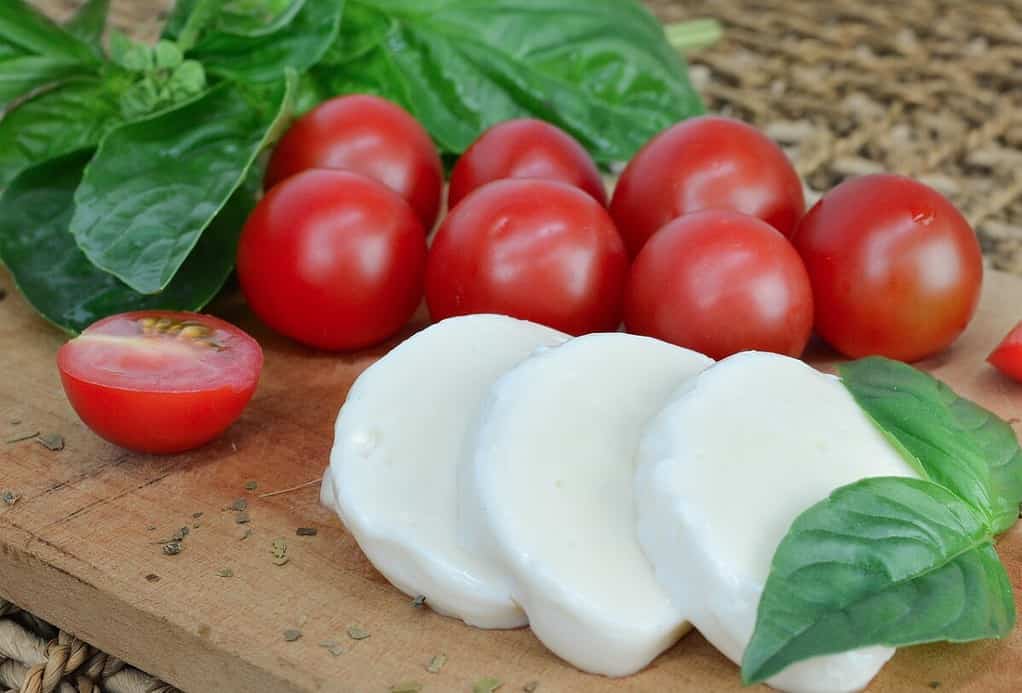
1. Cheddar:
Cheddar is a firm, cow’s milk cheese that originates from England. This Cheese is aged for varying effects and its flavor, from mellow to sharp.
2. Mozzarella:
Made from buffalo or cow’s milk, mozzarella is a semi-soft cheese with a mild, slightly sweet flavor. It’s often used on pizza and in Caprese salads. can be used to make chaffles a waffle made from a mixture of cheese and eggs. It can have another ingredient to make it savory or sweet. To use as bread or a dessert.
3. Parmesan:
Parmesan also known as Parmigiano-Reggiano is a hard, aged cheese that’s made from cow’s milk and has a nutty, salty flavor, and is often grated over pasta dishes. There is a great recipe for chicken I make by dipping chicken breast in egg and coating it with parmesan cheese and baking that is keto-friendly get the recipe here *
4. Feta:
Feta is a crumbly, salty cheese made from sheep’s milk or a combination of sheep’s and goat’s milk. This cheese is often used in Mediterranean dishes and salads.
5. Brie:
Brie is a soft, creamy cheese that has a mild, buttery flavor. It can be served with fruit or crackers.
6. Blue cheese:
Blue cheese, such as Gorgonzola, is a strong, tangy cheese made from cow’s milk that has blue veins running through it. It’s often used in salads and on cheese boards.
7. Swiss:
Swiss cheese, also known as Emmental, is a semi-hard cheese with a nutty, sweet flavor. It’s often used in sandwiches and fondue.
8. Cottage cheese:
Cottage cheese is a fresh cheese made from curdled milk. It’s soft and creamy with a mild, slightly tangy flavor. Try to get a cottage cheese that is just as close to nature as you can Daisy brand makes a great cottage cheese and sour cream that won’t spike your sugar.
9. Cream cheese:
Cream cheese is a soft, spreadable cheese with a mild, slightly tangy flavor. It’s often used in cheesecakes and as a spread for keto bagels. Always use full fat.
There are many other types of cheese as well, including Gouda, provolone, ricotta, and many more!
8. Seafood and meats:
Seafood
Salmon, tuna, and shrimp are high in protein and healthy fats, making them a perfect addition to the keto diet. Eat seafood grilled, steamed, or in a cream sauce over baked spaghetti squash for a protein-fat-filled, and low-carb meal.
Protein Foods you can eat on the keto diet
The keto diet encourages consuming healthy fats and proteins while limiting carbohydrate intake, so meats are generally acceptable on the diet. Here are some of the best types of meats for the keto diet: and what vitamins and minerals they contain.

Etekcity ESN90 Smart Food Nutrition Scale – $19.99
from: Vesync Co.,Ltd
1. Beef:
Beef is rich in protein and can be a great source of healthy fat when eaten in moderation. Look for grass-fed, organic beef whenever possible. Meat is expensive so try to buy it in bulk whenever possible and repackage it into smaller containers.
2. Poultry:
Chicken, turkey, and other poultry are rich protein sources and can be a great addition to a keto diet. Eating the skin along with the meat can provide additional healthy fats.
3. Pork:
Pork can be a good source of protein and healthy fats. Try different cuts to get a variety, such as a loin or a tenderloin, or pork chops. Pork shoulder is a great cut to cook in the crock pot and then shred and put on a salad, eat it as a sandwich on a chaffle, or just plain with a low-carb veggie and side salad. It is a good way to get your protein at a good price. A roast can be made into many meals.
4. Lamb:
Lamb is a good source of protein and is rich in healthy fats. Choose grass-fed, organic lamb whenever possible.
5. Fish and seafood:
Fatty fish such as salmon and tuna are excellent sources of healthy omega-3 fatty acids, while shrimp, crab, and lobster are high in protein and low in carbs.
6. Organ meats:
The liver, kidneys, and other organ meats are rich in vitamins and minerals and can be a good source of protein on a keto diet.
When choosing meats, it’s important to avoid processed and cured meats, which often contain added sugars and preservatives. Opt for fresh, unprocessed meats whenever possible.
Vitamins and minerals
Meat is a rich source of many vital vitamins and minerals that are essential for good health. Here are some of the key nutrients found in various types of meat:
1. Vitamin B12:
This vitamin is found almost exclusively in animal-based foods, including meat. It’s important for nerve function and the production of red blood cells.
2. Iron:
Meat is high in iron, which is important for the production of hemoglobin in red blood cells. Iron helps transport oxygen throughout the body.
3. Zinc:
Zinc is important for immune function, wound healing, and DNA synthesis. Meat is an excellent source of zinc.
4. Selenium:
This mineral is important for immune function and thyroid health. Meat, especially organ meats, is a good source of selenium.
5. Vitamin D:
Meat, especially fatty fish like salmon, is a good source of vitamin D, which is important for bone health and immune function.
6. Omega-3 fatty acids:
Fatty fish like salmon and tuna are high in omega-3 fatty acids, which are important for heart health and brain function.
7. Vitamin B6:
This vitamin is important for brain function and the production of red blood cells. Meat is a good source of vitamin B6.
8. Niacin:
Also known as vitamin B3, niacin is important for digestion, nerve function, and the production of energy. Meat is a good source of niacin.
It is important to measure your protein too much can make your weight stall and too little you won’t lose as fast. Protein is used to build tissue not to repair it. not one size fits all you will have to experiment and see what is good for you
Here is a gauge to see how much you should try for
Weight X.36=
So if you weigh 220 you would need around 79.2 grams of protein
If you are an athlete
- Your goal is to make muscle mass
- You are over 40
- You have an injury
You may have to up your protein
9. Dark chocolate:
Dark chocolate that contains at least 70% cocoa is a great keto-friendly dessert option. It’s high in healthy fats and low in carbs
10. Berries:
Berries such as raspberries, blackberries, and strawberries are low in carbs and high in fiber. Keep berries to a cup a day. Making homemade whipping cream and drizzling some sugar-free chocolate can make a dessert that will give you fiber, and vitamins and satisfy your sweet tooth. While staying within your daily carb limit.
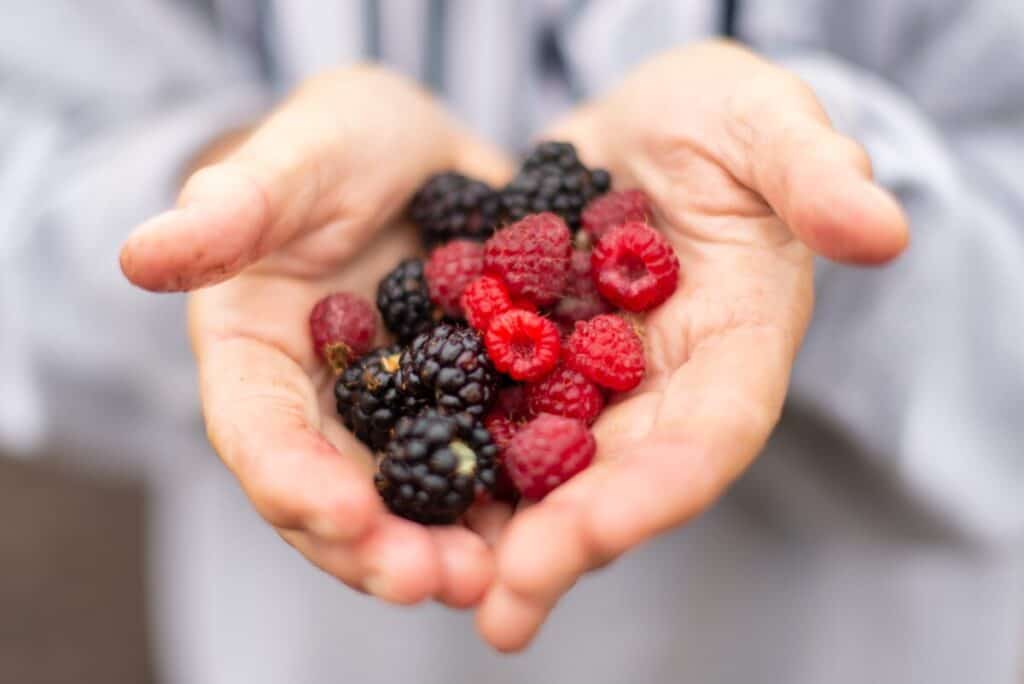
As a final thought
There are many foods you can eat on the keto diet. It is recommended to try a new recipe each week so you won’t get bored of the same thing every day. As with any goal if you are prepared you can succeed in this way of life. It is a journey, some days will be good and sometimes you will eat too much but give yourself grace You got this.
Keto On!
This is for informational education only and is not a substitute for professional medical advice, diagnosis, or treatment. always seek the advice of your physician or other qualified health providers with any questions you may have regarding a medical condition before undertaking any diet, supplement, fitness, or other health programs.
This Post contains affiliate links. If you click on a link and make a purchase, I will earn a commission (at no additional cost to you. Please know I only recommend resources and items I believe and highly recommend.

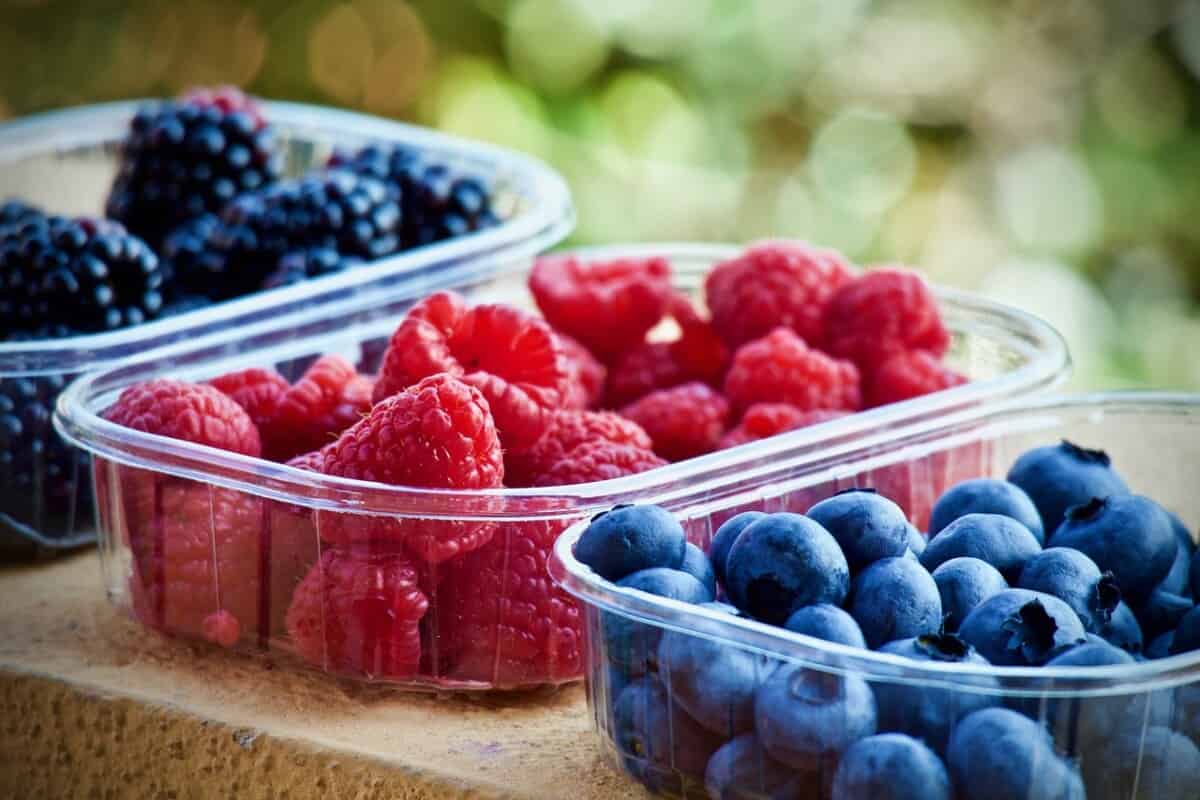





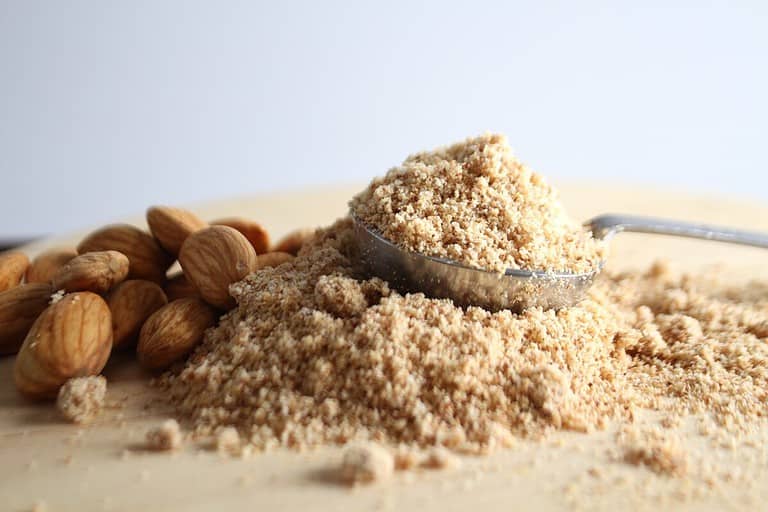

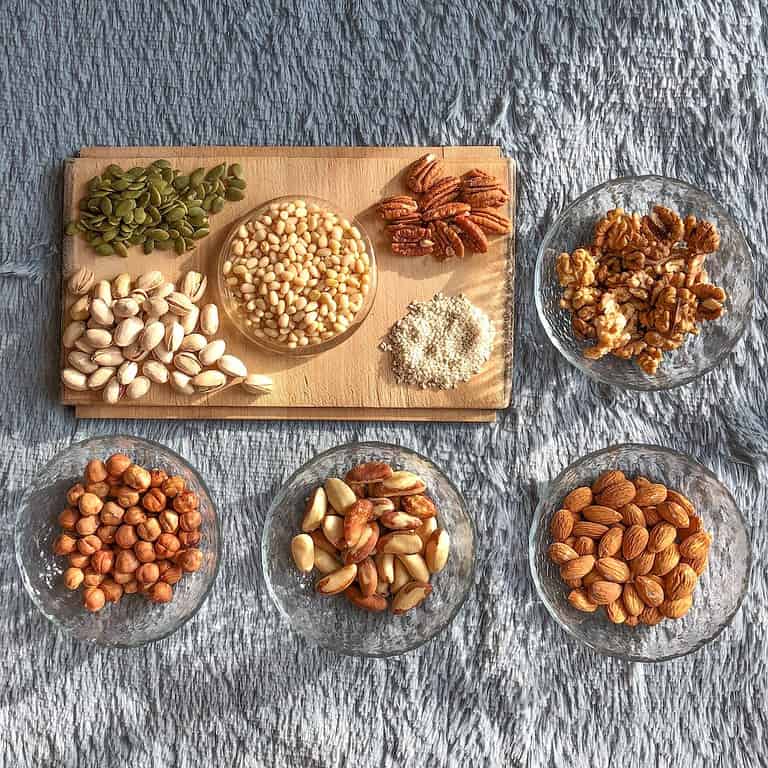
One Comment
Comments are closed.